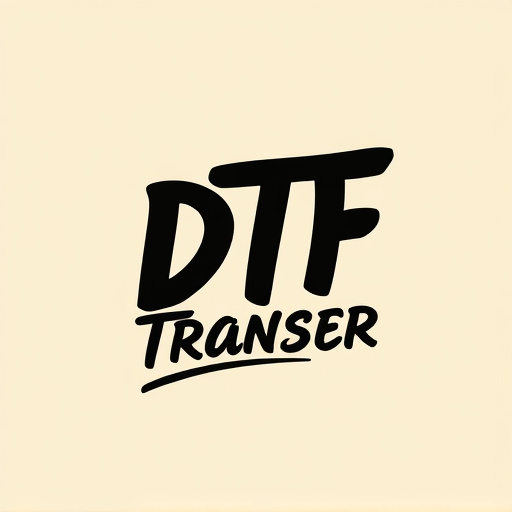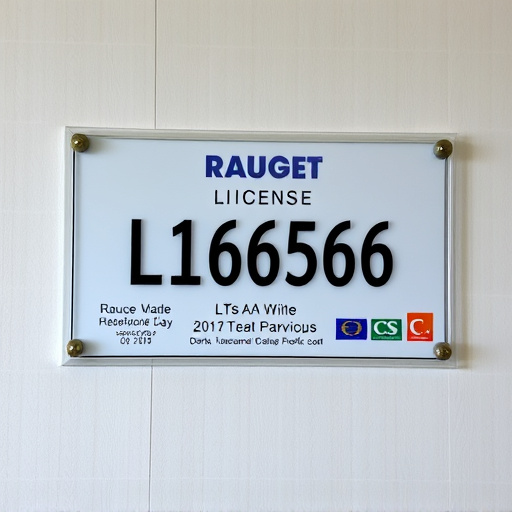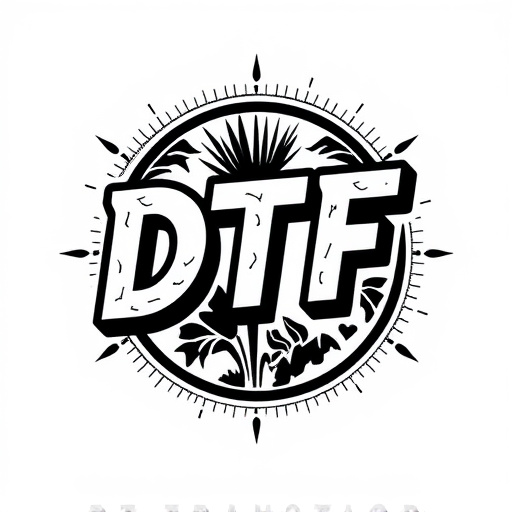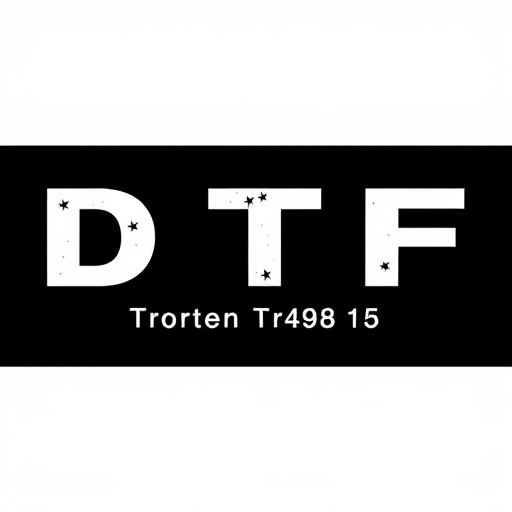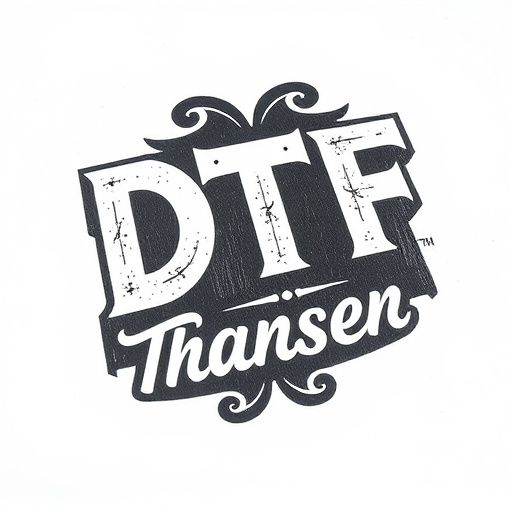Starting a Direct-to-Film (DTF) transfer company involves several crucial steps. Begin with thorough market research to identify niches and tailor services. Comply with legal regulations, obtain necessary permits, and secure licenses for film handling and copyright. Invest in advanced equipment like high-resolution scanners and inkjet printers to ensure top-tier results. Implement effective marketing strategies using digital platforms and industry partnerships. Maintain strict quality control through inspection protocols, client feedback, and continuous training. Focus on showcasing the benefits of DTF transfers for film restoration and preservation.
Establishing a direct-to-film (DTF) transfer company offers a unique opportunity to tap into the growing demand for high-quality, efficient content delivery. This comprehensive guide navigates the essential steps for setting up such a business, from understanding the intricate DTF process to implementing robust quality control measures. By mastering market research, legalities, equipment acquisition, and effective marketing strategies, you’ll position your company for success in this dynamic industry.
- Understanding the Direct-to-Film Transfer Process
- Market Research and Identifying Your Niche
- Building a Strong Foundation: Legalities and Permits
- Equipment and Technology: Investing in the Right Tools
- Marketing Strategies for Awareness and Growth
- Best Practices for Quality Control and Customer Satisfaction
Understanding the Direct-to-Film Transfer Process

The Direct-to-Film (DTF) transfer process is a cutting-edge technology that enables seamless digital conversion of analog films, preserving their original quality and aesthetics. It involves several intricate steps, starting with film scanning at high resolutions to capture every detail. Advanced algorithms then digitally restore and enhance the image, correcting color, contrast, and any signs of degradation. This meticulous restoration ensures that the final digital file retains the cinematic look and feel of its original format.
Once the restoration is complete, the processed film frames are assembled into a continuous sequence, forming a digital negative or positive. This digital asset can then be used for various purposes, including online streaming, DVD/Blu-ray duplication, or even as a master for future prints. Understanding this DTF Transfer process is crucial for anyone looking to establish a direct-to-film conversion company, as it forms the backbone of delivering high-quality, restored cinematic experiences to audiences worldwide.
Market Research and Identifying Your Niche

Before establishing your direct-to-film (DTF) transfer company, conducting thorough market research is paramount. This involves understanding the current landscape of the film transfer industry, identifying trends, and gauging consumer demand for DTF services. Analyze competitors offering similar services to determine their pricing strategies, unique selling points, and target demographics. This knowledge will help you carve out a niche for your business, ensuring you cater to an underserved market or offer a specialized service that stands out from the crowd.
Identify specific segments within the film transfer space, such as independent filmmakers, archive restoration projects, or even personal home movie conversions. By focusing on a particular niche, you can tailor your services to meet the unique needs of that audience, positioning your DTF company as an expert in that specific area. This targeted approach will make your business more attractive and successful in a competitive market.
Building a Strong Foundation: Legalities and Permits
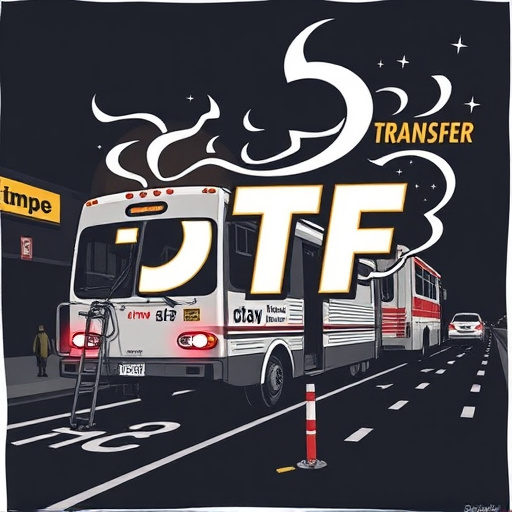
Starting a Direct-to-Film (DTF) transfer company requires a solid legal foundation. Before launching, ensure you understand the industry’s regulatory landscape and obtain all necessary permits. Film production and distribution are heavily regulated to protect intellectual property rights and ensure ethical practices. Familiarize yourself with local, state, and federal laws pertaining to film licensing, copyright, and tax obligations.
Secure business licenses, such as a general business license, and register your company with the appropriate authorities. Additionally, consider any specialized permits required for handling and transferring films, especially if dealing with vintage or rare footage. Understanding these legal requirements is essential for smooth operations and avoiding potential pitfalls that could hinder your DTF transfer business’s growth.
Equipment and Technology: Investing in the Right Tools

Setting up a Direct-to-Film (DTF) transfer company requires an investment in top-notch equipment and technology to ensure high-quality results. The right tools can make all the difference, from initial film scanning to final print production. Opt for professional-grade scanners capable of handling various film formats, ensuring precise color accuracy and sharp resolution. Additionally, consider advanced inkjet printers with precision coating systems for consistent and vibrant print outcomes.
Remember that your equipment should align with industry standards and current technological advancements in DTF transfer. Regularly researching and updating your tools can help stay ahead of the curve, catering to clients’ evolving needs and demands in the film restoration and preservation space.
Marketing Strategies for Awareness and Growth

To establish a direct-to-film (DTF) transfer company and drive growth, implementing robust marketing strategies is paramount. Start by leveraging digital platforms such as social media and search engine optimization (SEO). Create engaging content highlighting the benefits of DTF transfers—like superior quality, cost efficiency, and faster turnaround times—to attract potential clients. Regularly update your website with case studies, customer testimonials, and blog posts that educate viewers about the process and its advantages.
Partnerships and networking are also key. Collaborate with film production houses, post-production studios, and other relevant businesses to gain exposure. Attend industry events and join relevant online communities to build connections and establish your company as a reliable DTF transfer solution provider. Additionally, consider offering referral programs and promotions to encourage word-of-mouth marketing, further amplifying your brand’s reach and awareness.
Best Practices for Quality Control and Customer Satisfaction

To ensure top-notch quality control and maximize customer satisfaction for your direct-to-film (DTF) transfer company, implement rigorous inspection protocols at every stage of the process. Begin with source material evaluation to confirm resolution, color accuracy, and overall integrity. Next, during the transfer phase, monitor temperature and pressure settings to prevent artifacts or damage to the original film. Regularly inspect intermediate and final prints for any defects, ensuring they meet industry standards for clarity, contrast, and color reproduction.
Establish a robust feedback loop with clients to gauge their satisfaction levels. Promptly address any concerns or issues reported during or after the transfer process. Regular training sessions for your team on the latest DTF techniques and equipment will also help maintain high-quality standards. Consistent communication and transparency with clients throughout the journey foster trust, encouraging repeat business and positive word-of-mouth referrals.

